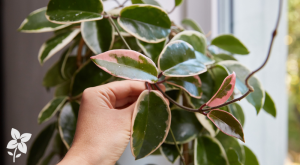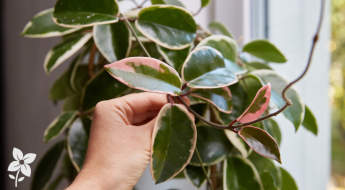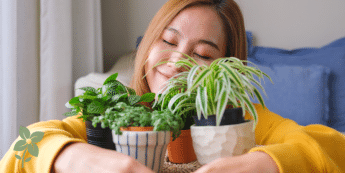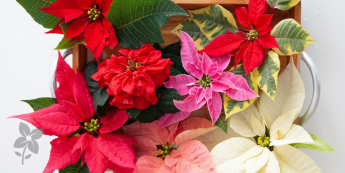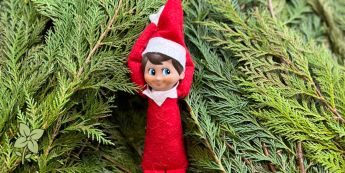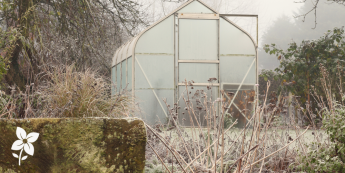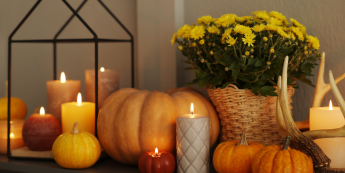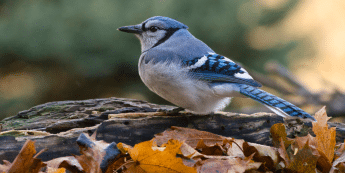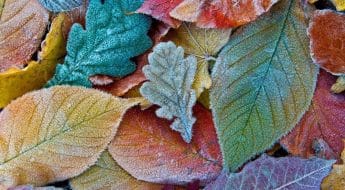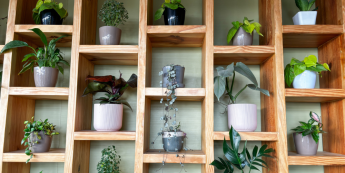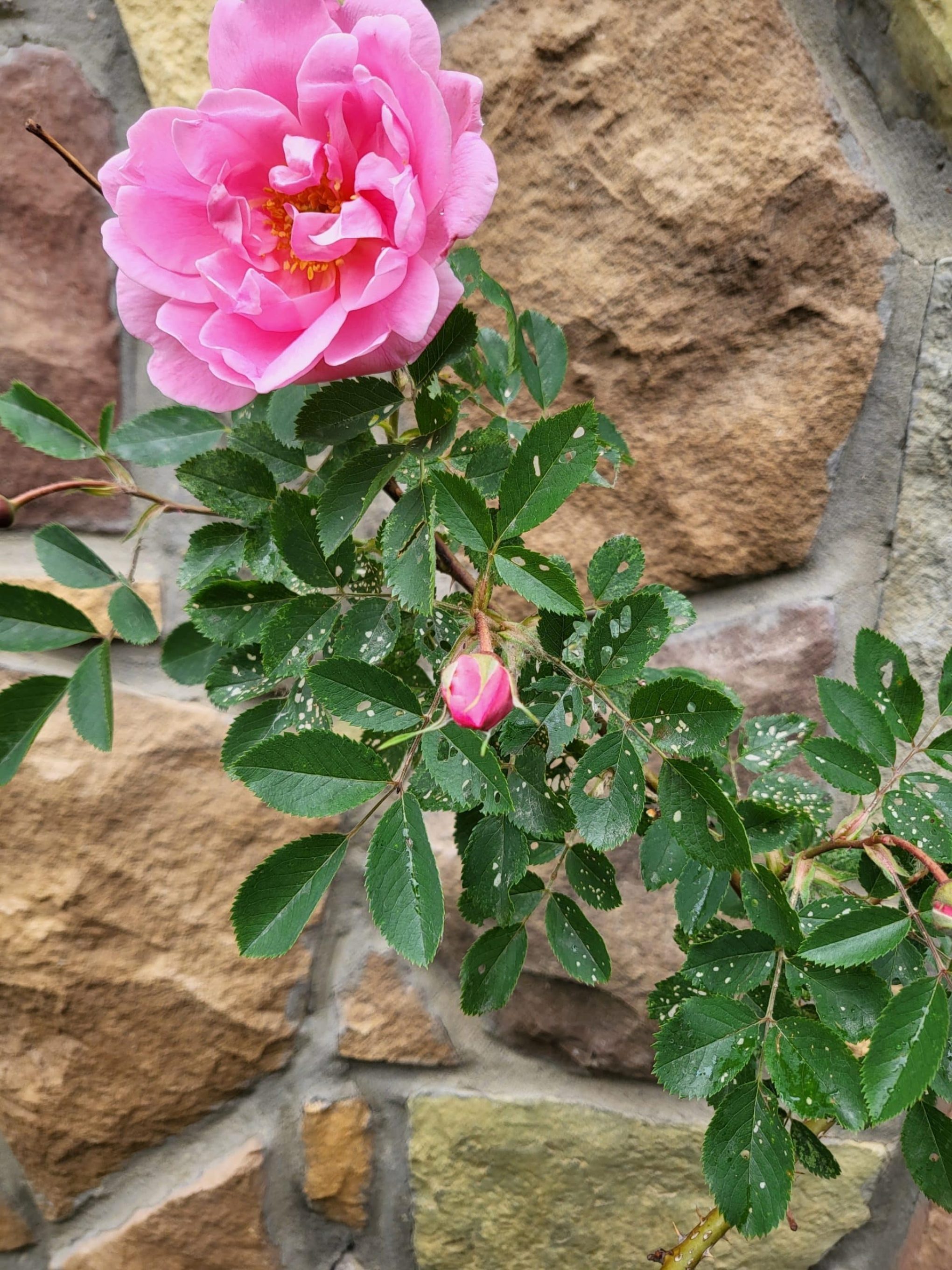
Rose slugs might sound like something out of a garden horror story, but these little pests are more common than you think. They can wreak havoc on your beloved rose bushes if left unchecked. Let’s dive into what rose slugs are, how to spot them, and most importantly, how to control them.
What Exactly Are Rose Slugs?
Despite their misleading name, rose slugs are not actually slugs. They are the larvae of sawflies, a type of non-stinging wasp. These little critters look more like tiny caterpillars, typically green or yellow-green, and they have a slimy appearance that gives them their slug-like name.
You’ll usually find rose slugs on the underside of rose leaves. Here, they chew through the leaf tissue, leaving behind a characteristic skeletonized appearance. The damage can make your roses look like they’ve been hit by a disease, but if you look closely, you’ll see the tiny larvae feasting away.
Spotting the Culprits
Rose slugs are about 1-2 cm long, and their damage is most noticeable in the spring and early summer. The leaves of your rose bushes will have a lace-like look, with only the veins remaining intact. Regular inspections of your roses, especially the undersides of the leaves, are key to catching an infestation early.
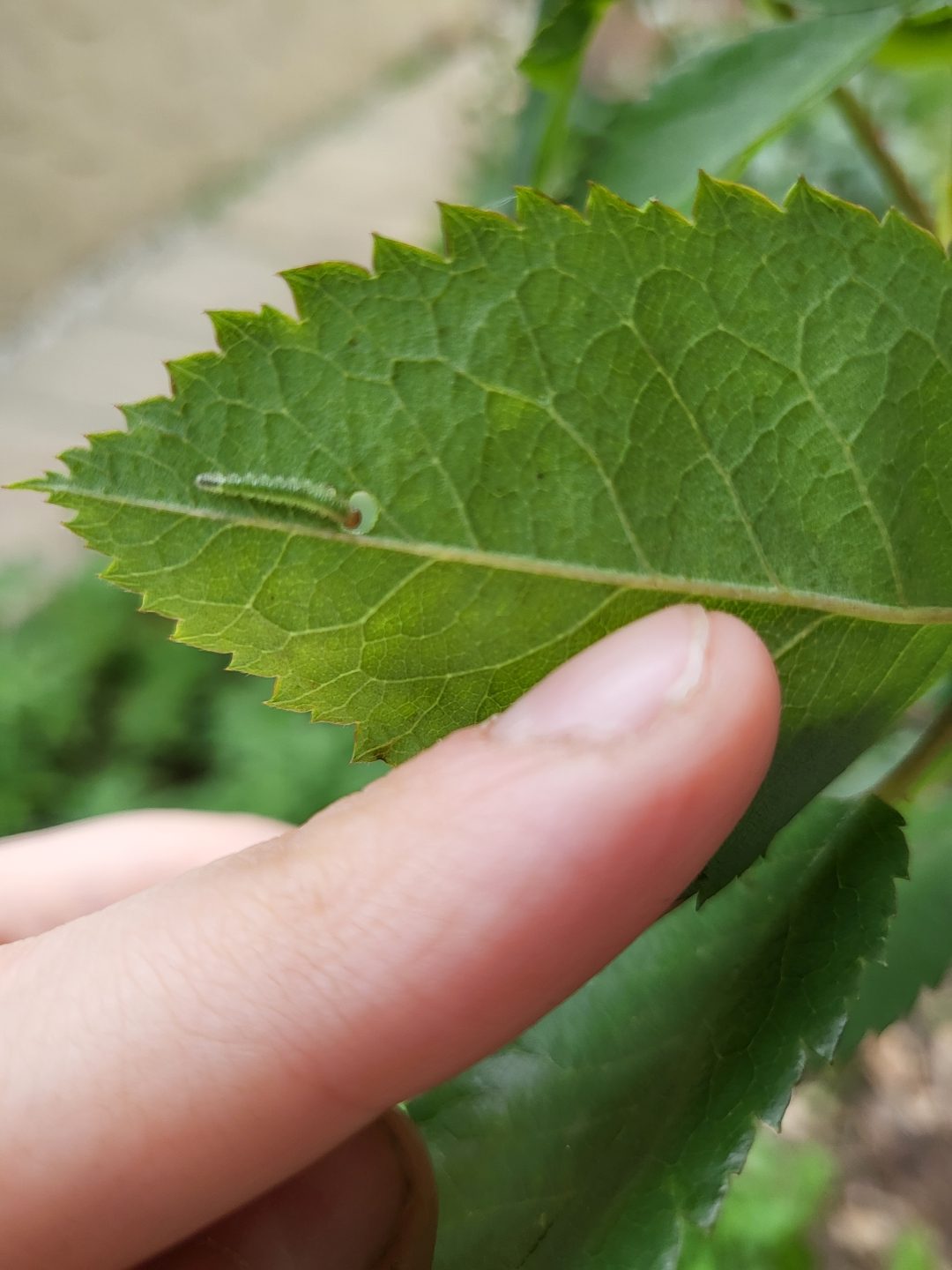
Natural Control Methods
If you prefer a natural approach to pest control, you have a few options:
- Handpicking: Simply remove the larvae by hand. It’s time-consuming, but it’s effective and chemical-free.
- Encouraging Beneficial Insects: Ladybugs, birds, and other natural predators love to snack on rose slugs. Creating a welcoming environment for these beneficial insects can help keep the slug population in check.
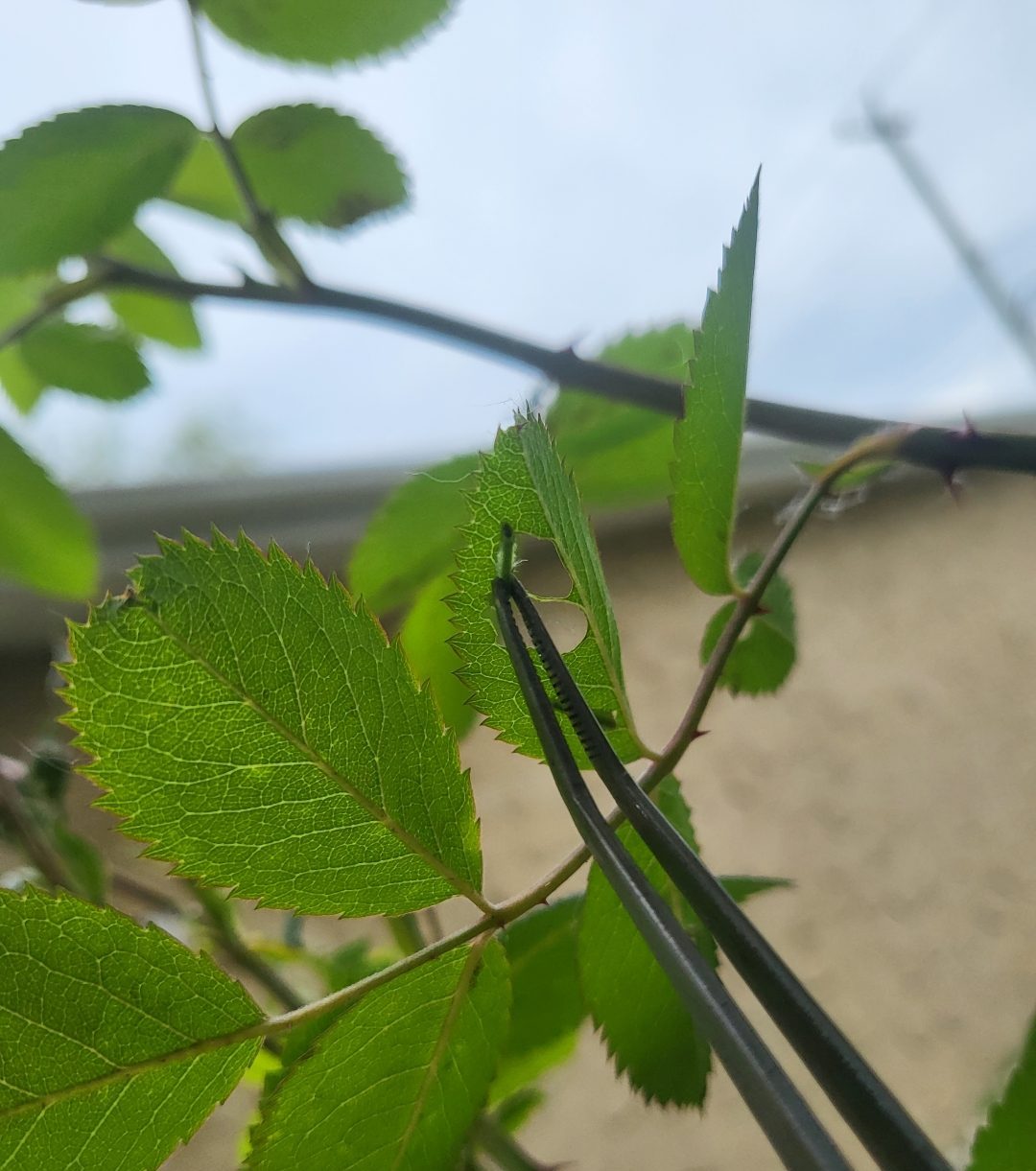
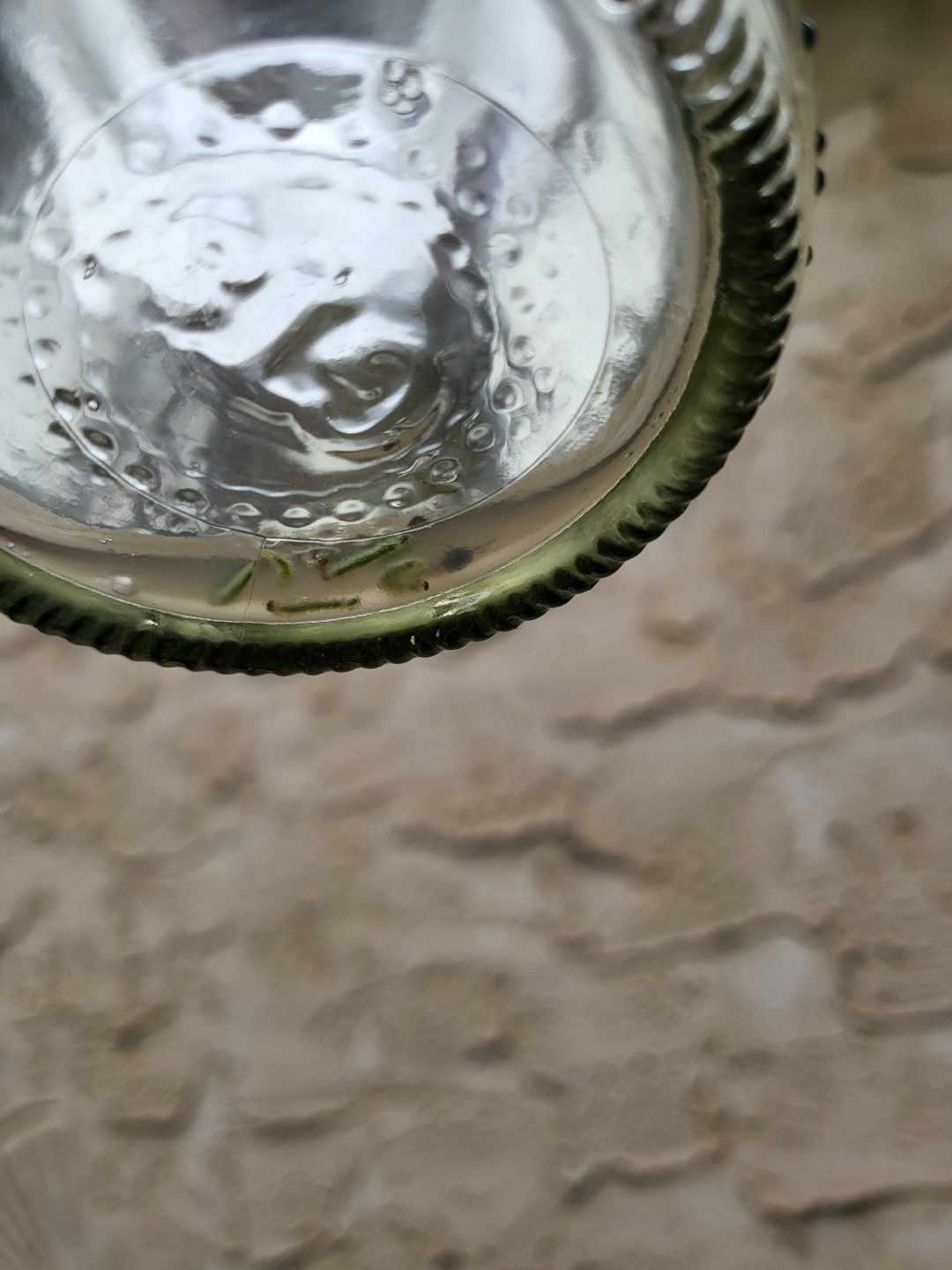
Organic Treatments
If handpicking isn’t for you, or if you have a larger infestation, consider this organic solution:
- Insecticidal Soap: Spraying a insecticidal soap like “Safer’s Insecticidal Soap” on the affected areas can kill the larvae on contact. It’s an effective and environmentally friendly option for managing rose slugs.
This method can help you control rose slugs while keeping your garden healthy and thriving.
Chemical Treatments
For severe infestations, a systemic insecticide might be necessary. These chemicals are absorbed by the plant, killing the larvae when they feed on the leaves. Always follow the instructions on the label to ensure you’re using these products safely.
Trimming Damaged Leaves
After dealing with the rose slugs, it’s a good idea to trim away the damaged leaves. Here’s why and how to do it:
- Encourages New Growth: Trimming away the damaged leaves will help your rose bush focus its energy on producing new, healthy foliage and blooms.
- Prevents Disease: Damaged leaves can become a breeding ground for diseases and pests. By removing them, you reduce the risk of further infestations.
- Improves Appearance: Your rose bush will look much better without the unsightly, skeletonized leaves, enhancing the overall beauty of your garden.
How to Trim Damaged Leaves:
- Use Clean, Sharp Tools: Ensure your pruning shears are clean and sharp to make precise cuts and prevent any potential spread of disease.
- Cut at an Angle: Make your cuts at a 45-degree angle about 1/4 inch above a healthy leaf node or bud. This helps water run off the cut surface and reduces the chance of rot.
- Dispose of the Debris: Collect and dispose of the trimmed leaves properly. Do not leave them around the base of the plant, as they could still harbour pests or disease. Use a sealed plastic bag to dispose of the leaves. Do not compost.
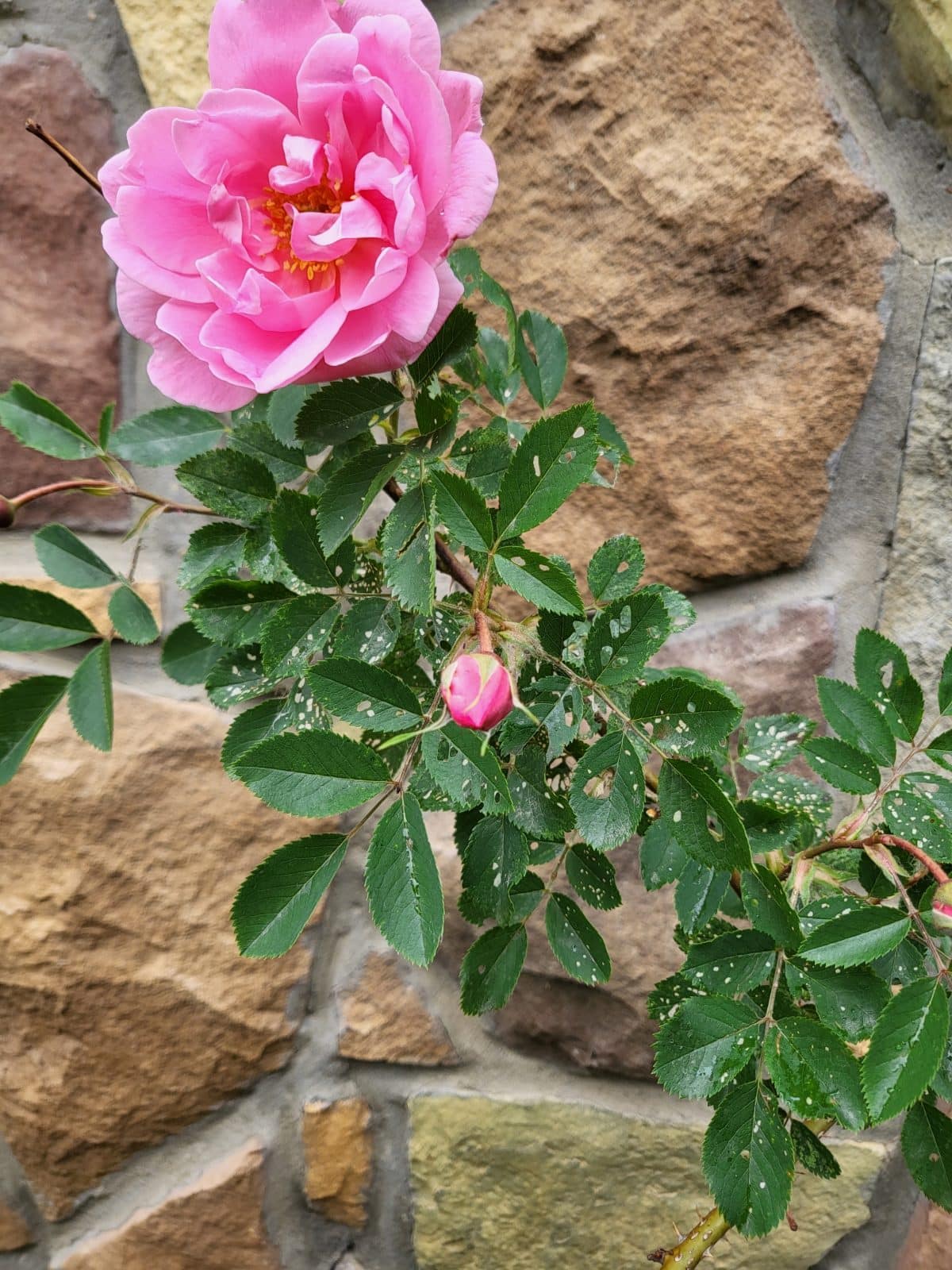
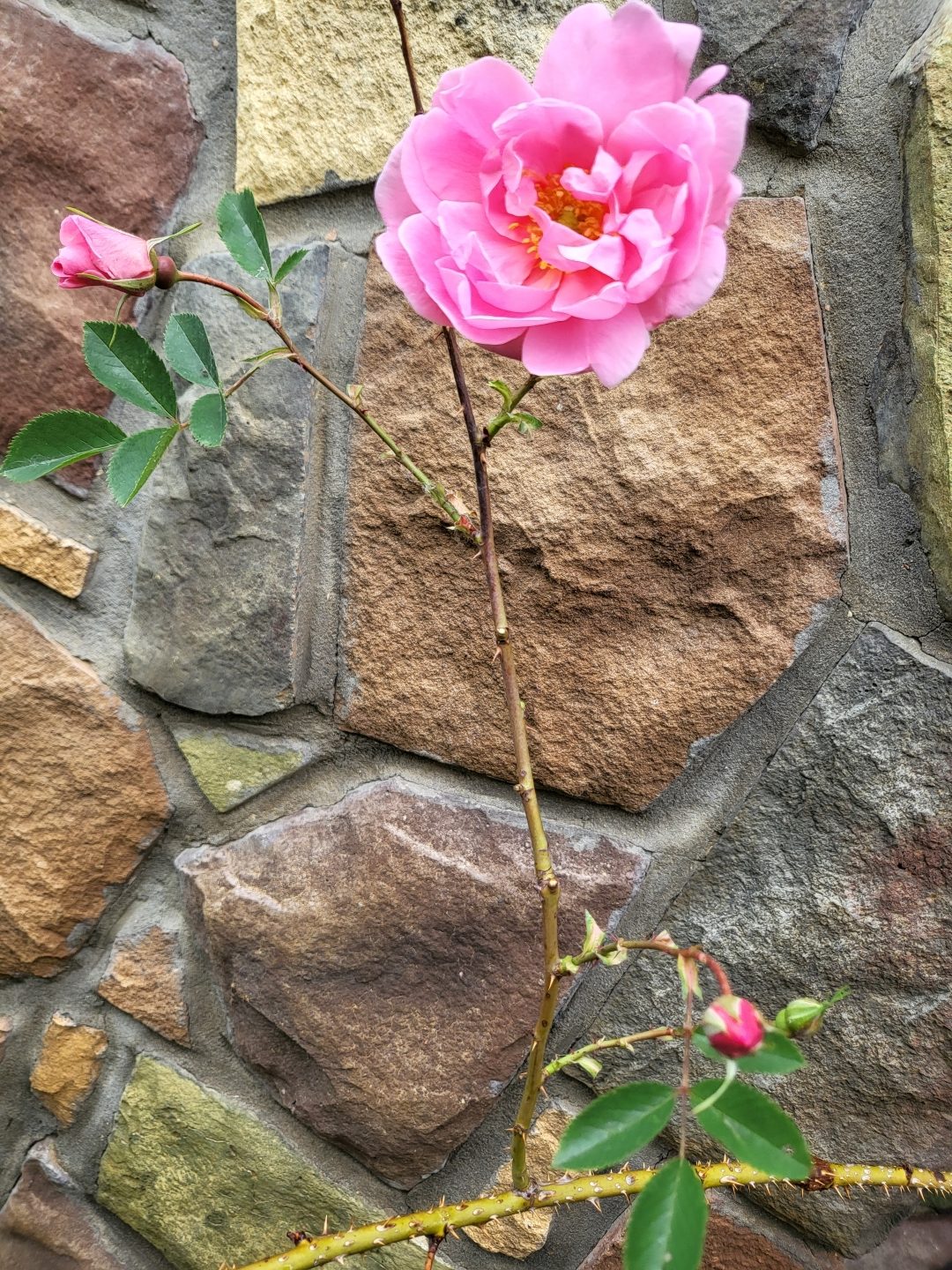
Preventing Future Infestations
Prevention is the best cure when it comes to rose slugs. Here’s how you can keep them from coming back:
- Regular Inspections: Keep a close eye on your roses, particularly in the early growing season when the larvae are most active.
- Maintain Healthy Plants: Healthy rose bushes are less susceptible to pests. Ensure your roses are well-watered, properly fertilized, and pruned.
- Sanitation: Clean up fallen leaves and debris around your rose bushes. This helps eliminate potential breeding grounds for sawflies.
By taking these steps, you can protect your rose garden from the destructive munching of rose slugs. For more advice or to pick up some high-quality gardening products, visit us at Salisbury Greenhouse in Sherwood Park, Alberta, or Salisbury at Enjoy in St. Albert.

